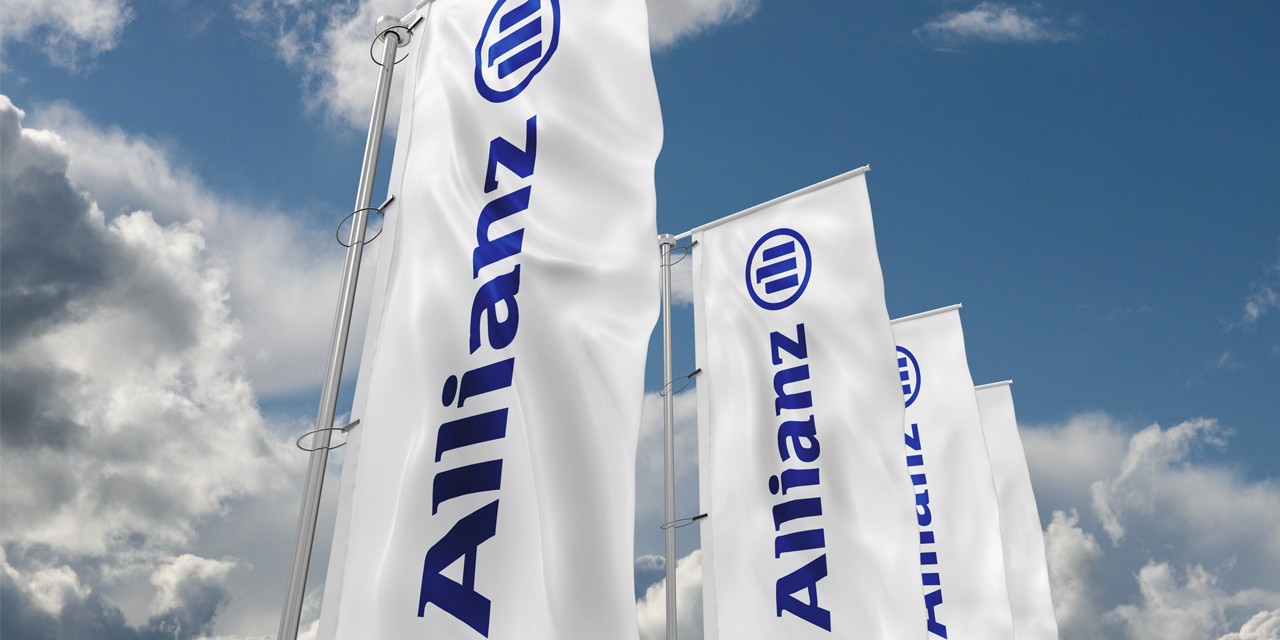- In the 1970s and 1980s, it was the liability crisis in the US insurance market; today, it is strained capacity inÌýDirectors &ÌýOfficers (D&O), cyber and business interruption. Many companies are looking at ways to self-retain risk in order to reduce their exposure to rate increases and capacity constraints in the insurance market. The silver bullet of self-retention is a captive: growth in the number of captives gained momentum in 2020 with 100 new formations and is continuing at a similar rate in 2021, according to a recent report from Marsh [1].
- Ìý
- Those who already operate a captive â around 7,000 are active globally â are expanding its volume or taking on new risks. âSupporting large companies with their own captive programs is definitely a growth area for us,â saysÌýGrant Maxwell, Global Head of Alternative Risk Transfer, one of AGCSâ nine insurance lines. ART works with many captive managers to develop and grow a program, provide reinsurance or handle some of the insurance infrastructure, such as issuing policies worldwide or making premium payments or claims.
Captives come with challenges
- However, not every company can or wants to act as an insurer itself. âCaptives are an efficient vehicle for companies to manage risk through the cycle, but they are not everyoneâs cup of tea,â saysÌýRob Makelaar, Regional Head of ART EMEA (Europe, Middle East and Africa). âSetting them up â let alone winding them down later â is challenging.â
- Ìý
- The company must be able to set aside large amounts of equity/capital as reserves. The risk manager must not only convince the CFO with a business case, but also satisfy theÌýrequirements of insurance supervision as well as complex criteria for accounting and balance-sheet management. Operational risk management must also meet the highest standards forÌýanalyzingÌýand evaluating risks. In addition, there are ongoing administrative costs for the captive to take into account. âA captive is always a long-term play over various market cycles,â says Maxwell.
What are the advantages of a virtual captive?
- No need for equity capital
- Easy establishment and expansion of self-retention capacities
- Increased predictability of results due to lower or partially transferred volatility on the income statement
- Cost transparency and more cost-effectiveÌýthan a fully-fledged captive
- Inclusion of tailor-made cover for difficult or uninsurable risks
- Suitable for all risks; multi-line solutions also possible
An innovative third way
- But what if a captive is not an option for your business? For such clients, ART offers an innovative solution that combines the advantages of a classic insurance product with those of risk financing: the so-called virtual captive.
- Ìý
- âThis solution combines the best of both worlds; it is essentially a hybrid solution of risk transfer and self-retention,â explains Makelaar. âIn the current market environment, companies can take on more risk themselves, getting coverage for risks that are difficult to insure or uninsurable.â
- Ìý
- Other advantages include better planning for corporate finances and full cost transparency. Unlike cell captives, which allow companies to rent a share in a captive operated by a third party, there is no connection to offshore financialÌýcenters, which can be subject to critical scrutiny.
- Ìý
- Put simply, a virtual captive is a multi-year rolling insurance program that leaves a portion of the risks with the policyholder but reduces the results volatility from major loss events. The company pays an annual premium to provide for the risk of owning claims with a bonus-malusÌýsystem. The contract is renewed for a further year if the cumulative loss ratio does not exceed an aggregated level; if it does, negotiations between the parties are required to adjust the terms or the contract is terminated. Both the financial commitment (a single-digit million amount) and the time commitment (usually up to five years) areÌýkept within manageable limits.
Solid financial credentials are a must
A virtual captive is a useful option for those businesses that find it difficult to achieve the desired cover and capacities in the current market environment. These are likely to be companies in critical, loss-prone sectors that have a very good risk management performance and are therefore confident they can take on more risks themselves. In order to develop and structure such a solution, and gain backing for it within the company, the risk manager needs solid technical underwritingÌýknow-how and financial acumen.
In principle, all risks that are insurable from a legal perspective can be included in a virtual captive, even D&O and cyber risks, for which capacities are scarce in the current market. Multi-line solutions are also possible: âThey are even to be recommended because this enables risk diversification and therefore leads to lower volatility,â Makelaar emphasizes.
AGCS has already implemented a virtual captive for several companies. âFor AGCS, traditional property and casualty (P&C) insurance products on the one hand and alternative risk transfer on the other are complementary and to the benefit of our clients. We can always offer businesses a tailor-made solution that perfectly matches their approach to risk management,â says Maxwell.
References
[1] Marsh: The 2021 Captive Landscape Report, September, 2021
Stage picture: Adobe Stock

















